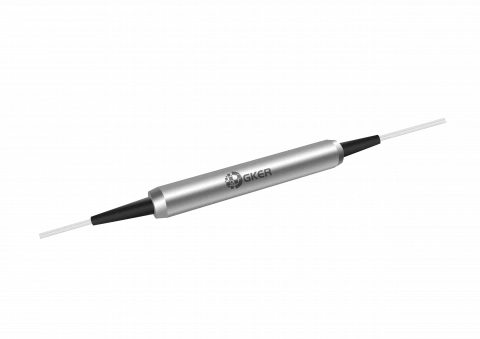Description
The GKER Photonics 4-Port Polarization Maintaining Circulator (GK-DPMCIR Series) is a high-performance optical component designed for precise signal routing in advanced fiber optic systems. This compact circulator features four ports, efficiently directing incoming signals from Port 1 to Port 2, Port 2 to Port 3, and Port 3 to Port 4.
Engineered for superior performance, it offers high isolation, low insertion loss, and a high extinction ratio, ensuring optimal signal integrity and minimal interference. The circulator is built to withstand a wide range of environmental conditions, with excellent stability across varying temperatures, making it suitable for use in diverse applications such as telecommunications, fiber optic sensing, and quantum optics.
Available in two types—Type A and Type B—the GK-DPMCIR Series supports multiple wavelength ranges, including 1310 nm and 1550 nm, providing flexibility for different system requirements. With its robust design and customizable options, this circulator is an ideal choice for demanding optical networks that require reliable and precise signal management.
1310 -1550nm 4-Port Polarization Maintaining Circulator
Specifications
| Type Of The Device: | Circulator |
|---|---|
| Operating Wavelength: | 1310 nm |
| Max Power: | 300 W |
| Min Isolation: | 40 dB |
| Center Wavelength (λc): | 1310, 1550 nm |
| Operating Wavelength Range: | λc ± 30 λc ± 20 dB |
| Typ. Insertion Loss, λc , 23 ℃: | 0.8 0.7 dB |
| Max. Insertion Loss, All Temperature, All Wavelength Range: | 1.1 1.0 dB |
| Peak Isolation: | 52 40 dB |
| Typ. Isolation, λc, 23 ℃: | 50 30 dB |
| Min. Isolation, All Wavelength Range, 23 ℃: | 40 22 dB |
| Min. Extinction Ratio: | 20 20 dB |
| Min. Crosstalk (1 → 3, 2 → 4): | 50 dB |
| Min. Return Loss: | 55 mW |
| Max. Optical Power (Continuous Wave): | 300 kW |
| Max. Tensile Load: | 5 N |
| Operating Temperature: | - 5 to + 70 ℃ |
Features
- High Isolation: Ensures minimal signal leakage with peak isolation up to 52 dB (Type A) and 40 dB (Type B)
- Low Insertion Loss: Delivers efficient signal transmission with typical insertion loss of 0.7 dB (Type B) and maximum insertion loss of 1.1 dB across all wavelengths
- High Extinction Ratio: Maintains polarization with a minimum extinction ratio of 20 dB, ideal for sensitive applications
- Excellent Environmental Stability: Operates reliably across a wide temperature range from -5°C to +70°C, suitable for various environmental conditions
Applications
- Telecommunications: Enhances signal routing and management in advanced fiber optic communication networks
- Fiber Optic Sensing: Ideal for use in precision sensing applications that require stable polarization and minimal signal loss
- Quantum Optics: Supports high-performance quantum experiments with precise control over signal polarization and routing
Frequently Asked Questions
What is the primary function of the 4-Port Polarization Maintaining Circulator?
What are the available wavelength options?
What is the typical insertion loss?
How much isolation does the circulator provide?
What is the minimum extinction ratio?
What environmental conditions can the circulator operate under?
What is the maximum optical power handling capacity?
What is the difference between Type A and Type B?
How is the fiber aligned within the circulator?
What is the connector alignment for the circulator?
Similar Products


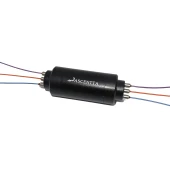



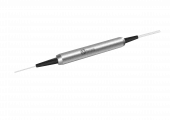
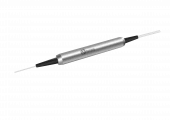

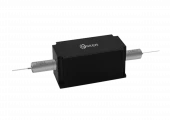

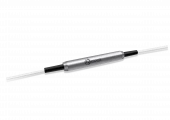
Your inquiry has been received.
Create an account by adding a password
Why create an account?
- Auto-complete inquiry forms
- View and manage all your past messages
- Save products to your favorites
- Close your account anytime — no hassle
